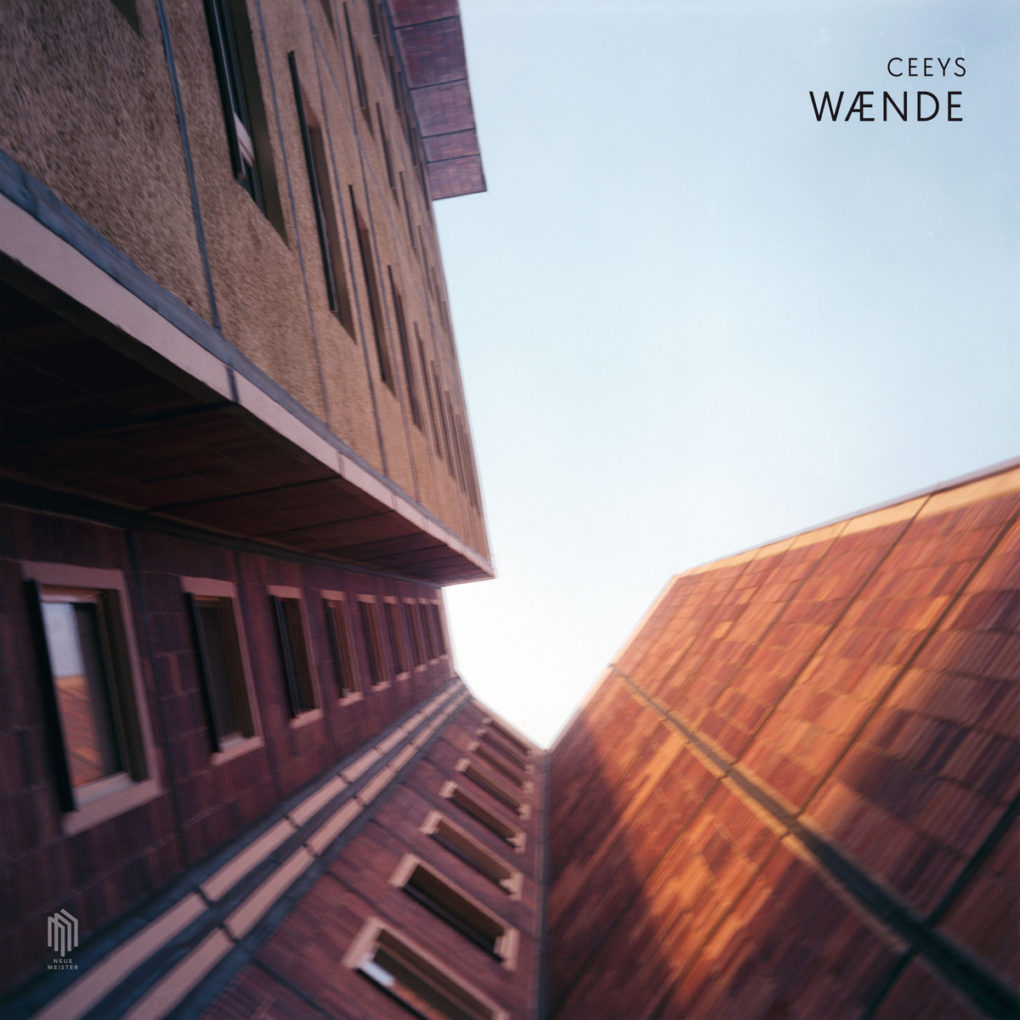
Toronto went through a major building boom in the 1960s and 1970s, and this means that a fairly large chunk of the architecture that I grew up around was of the concrete brutalist variety. Hulking, monolithic structures, often with windowless exteriors that seemed to tell you that whatever goes on inside is none of your business. There’s so much concrete here, it’s inspired a book.
The last ten years have brought another building boom to the city, but the most common material this time around, at least for cladding, is glass. Toronto’s 21st-Century buildings are generally sleek, translucent, and blinding if the sun is at the right angle. The glass walls mean that whatever goes on inside is your business, whether you like it or not.
The combination of these two styles can make for an interesting walk. You can feel as if you’re walking through a Soviet university campus one moment, and the Google headquarters the next. It doesn’t do much for consistency, but I like the feeling of being able to see the growth rings of the city through its architectural trends.
The only other city where I’ve seen such an obvious contrast is Berlin.
Despite being much older than Toronto, many of Berlin’s buildings are mid-century or later, because so much of the city was destroyed in the war. Germany’s modern wealth is evident in its architecture, but its divided past is still there too. Berlin has been unified for a generation, but the architectural difference between east and west still shows.
The music of Berlin-brother duo Ceeys reflects, by design, the stark apartment blocks of the part of East Berlin where they grew up:
At least in the beginning, this building project was full of good intentions. But the 80s were the last decade of the communist-driven GDR and the endless grey blocks of cold concrete and steel now merely communicate an atmosphere of anonymity and oppression. Then again, this is where we had our daily lives with friends, school and holidays.
http://ceeys.de/works/waende/
In other words, they have warm childhood memories of a cold place. Those feelings are wonderfully communicated on their 2018 album, Waende.
What makes this a beautiful song:
1. The cello is played harshly and mic’d at a distance. This makes it sound like a brisk February wind whipping around the corner of an apartment building.
2. The piano is played gently and mic’d so closely you can almost hear the dust bouncing off the felt of the hammers.
3. At about 3.16, the cello takes flight (I think he’s playing harmonics, but I’m not sure) and the piano shifts keys too. It’s a surprisingly uplifting, Google-headquarters kind of ending.
Recommended listening activity:
Using chalk to draw a window on the exterior wall of your house.